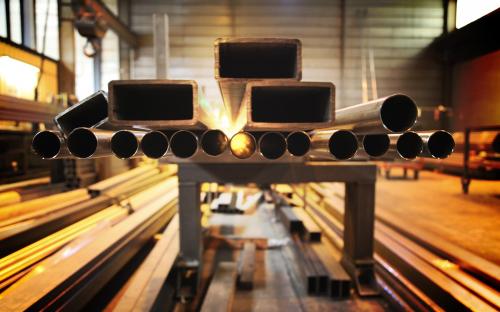Differences Between 316 And 304 Stainless Steel You Need To Know

In construction, the two most commonly used stainless steel are 304 and 316, they possess the best quality for a number of uses. Choosing between the two of them would need expert knowledge about the differences they have and you would need a reliable 304 stainless steel tube supplier.
This article will compare different features of 304 and 316. In most cases you will have to consider their composition and how it will affect them in different environments. You do not want to find that the tube from 316 stainless steel tube suppliers has lost its strength because it was put in the wrong environment. So here are the differences.
304 Stainless Steel
There are three alloys which give 304 its properties and those are nickel, manganese, and carbon. Usually, you would find the one that contains 18 percent chromium and 8 percent nickel, which is why it is called 18/8. This form of 304 is most commonly used around the world and is readily available from the best 304 stainless steel tube supplier.
304 is not a magnetic iron and has a high composition of chromium and nickel but low carbon. This property makes it good for use in different applications since it is strong and versatile. For example, you can use it in construction, but also for making food processing containers like those used to store milk and brewing alcohol.
304 is however not entirely resistant to corrosion, when exposed to chloride solutions, it will form localized corrosion which eventually can spread beyond the stainless exterior.
You would not want to use this metal in factories that may contain chloride solutions or in coastal areas that may have salts that can corrode the steel.
316 Stainless Steel
This has a higher corrosion resistance because it is composed of as much as 3 percent molybdenum. This is the main difference between 316 and 304. This makes it possible to use it in situations where you may not be able to use 304 since it is more resistant to corrosion. In some cases, you may find some a variety of 316 which contains as much as 7 percent molybdenum. These can be used in industries that deal with chloride chemicals without the threat of corrosion.
When building in areas with moist environments, like in the coastal areas, 316 is the preferred choice. It is also preferred for medical use. In the medical field, this stainless steel is preferred because it is not reactive which means it can resist contamination.
It is good to know these differences in properties of the metals because choosing the right one to use can save you from costly repairs or replacements as a result of corrosion. At times you may not need to use a more expensive option since the application may not need certain grades. 316 is more expensive than 304 because of its added corrosion resistance created by the addition of molybdenum. You can use it if you need the extra resistance or if you are making medical tools. Otherwise, 304 can be just as strong with a particular level of corrosion resistance.
Advertise on APSense
This advertising space is available.
Post Your Ad Here
Post Your Ad Here
Comments